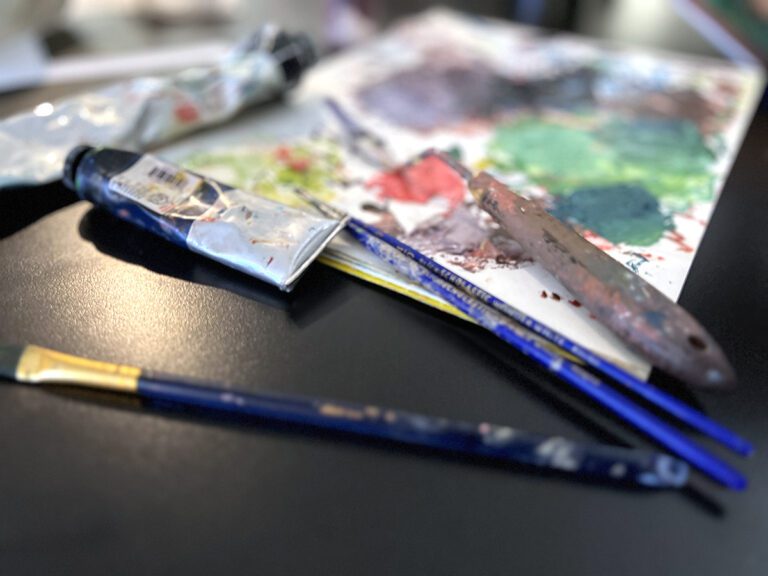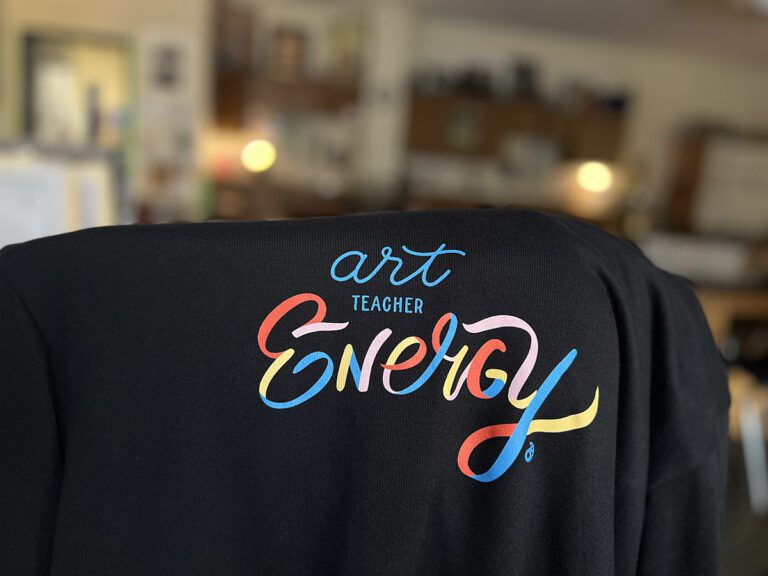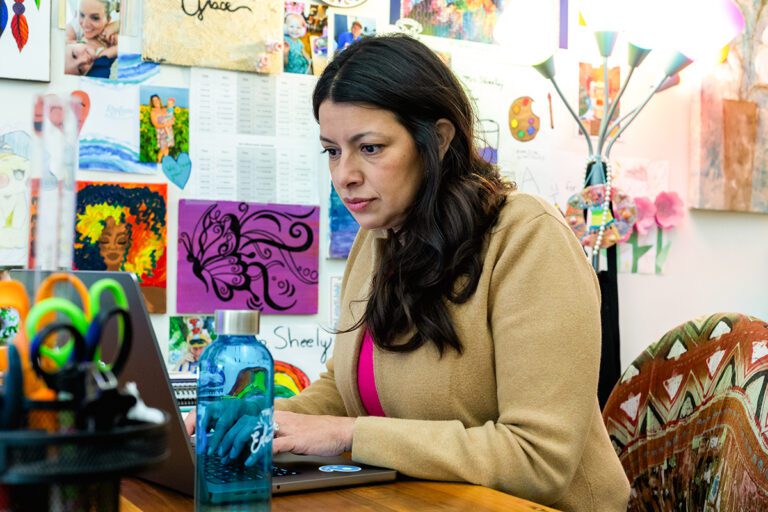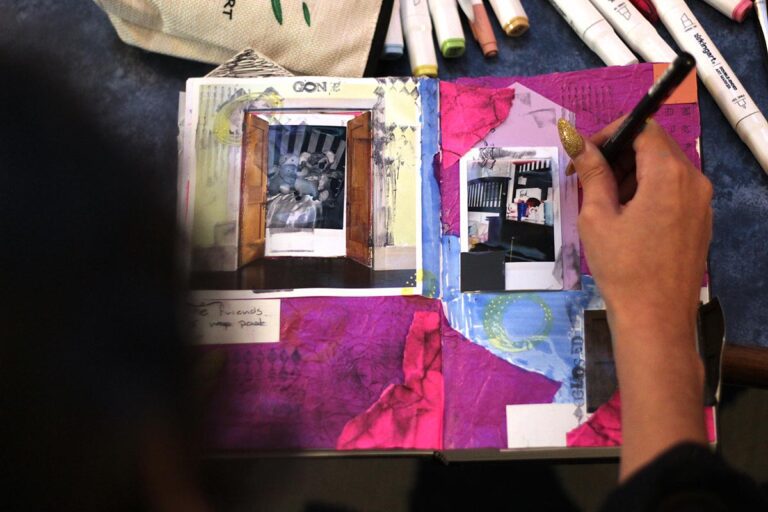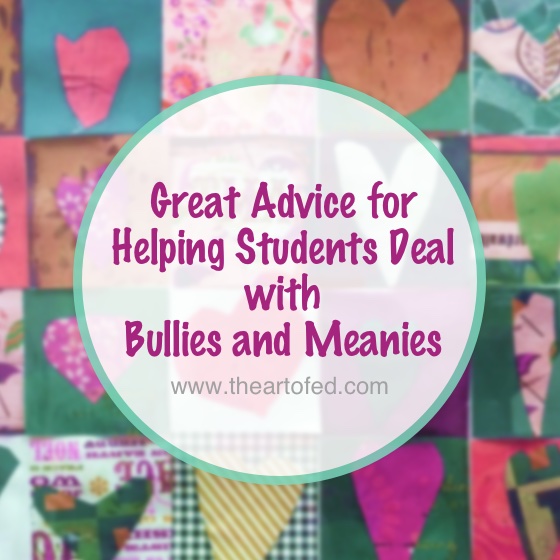
A few years ago, our district keynote was Rosalind Wiseman. She is the author of the extremely successful (and useful!) books Queen Bees and Wannabes and Masterminds and Wingmen. These books serve as a guide and a look into the complicated social world of boys and girls and the roles they play within groups and cliques. During our conversations about these books, another book was recommended, Mean Girls at Work by Katherine Crowley and Kathi Elster.
As I was reading this book, I couldn’t help but think how helpful the information inside would be for our students. While the book outlines how professionals can go about dealing with mean people at work, many of the book’s solutions could also be shared with students to help them navigate the harsher parts of growing up and interacting with peers when they seek our advice.
I became an educator, particularly an art educator, because of the distinct impact my own teachers had on me. They served as guides and confidantes, and helped me to grow into the person I am today. As teachers we can’t fix everything, and we can’t prevent the hurt and hard times our students will experience. However, we can help students develop the tools they need when interacting with bullies and meanies, and this book has a lot of great suggestions to get started.
Here are two key take-aways from Mean Girls at Work that you might want to explore further.
1. There are different kinds of “mean”.
Realizing there are different kinds of mean can help your students choose what solutions may work best with different people. Information about different kinds of mean can be found on pages 18 and 19 of the book.
The types of mean described are…
Meanest of the mean.
The book describes this person as someone who feels he or she needs to be mean to survive. The example given is, “the Ice Princess who treats everyone around her with disdain.”
Very mean
This person may seem “tough on the outside” but is insecure on the inside. Jealousy and gossip fuel his or her meanness.
Passively mean
This person acts nice, but avoids and fears confrontation, so is “covertly competitive.”
Doesn’t mean to be mean
Pretty self-explanatory, but this person is generally oblivious to his or her actions.
Doesn’t know she’s mean
The book’s example is someone “who bosses you around because she thinks you need the benefit of her knowledge.”
Brings out your mean
Yep, this happens too. This person could be annoying to you and cause you to lash out in ways that are less than professional and kind.
Group mean
An unfortunate pack of mean people, usually brought together by a leader.
2. You have two basic choices when dealing with mean people.
Each of the kinds of “means” is discussed in depth and solutions are offered in the two categories below.
“Don’t Go There”.
The basic idea here is not to react immediately, emotionally, and with the intent of revenge or fighting back. (One of the hardest lessons we teach, and practice ourselves!) A couple of examples are:
– “don’t spend your energy agonizing over why you are treated so poorly” (p. 24)
– “don’t talk to others about what a mean person he/she is” (p. 25)
– “don’t react out of anger…get defensive and fight back” (p. 26 and p. 28)
“Go Here”.
These suggestions help manage the specific situation. The idea is to remove emotional control and take action to alter future interactions with this person. A couple examples of these are:
– “keep a cool distance…while maintaining a professional relationship” (p.24)
– “maintain a courteous exterior” (p. 30)
– “address the [culprit’s] comments without feeding into [the] cattiness”, say something like “Thank you for the feedback.” (p. 26)
– don’t take what is said personally (this is suggested often)
– “once you become aware of this [person’s] game, stop playing it.” (p. 30)
Having a better idea of the different types of “mean” situations that are encountered through social interactions, and steps to improve or avoid those situations can be extremely advantageous to our students. Teaching them to recognize these behaviors in others, and in turn respond safely and responsibly, will help them develop their social and emotional navigation skills.
In our interactions with students, these solutions and recommendations are generally shared within context. Some problems are shared with us after relationships have been fostered, and some may pop up without warning. My youngest students frequently bring social problems my way. They are still learning the ins and outs of social norms, and the unwritten rules of play and friendships. When situations arise I generally respond with, “Thank you for sharing that with me. I’m sorry you’re feeling this way. Would you like to hear some solutions other students have tried?” They are usually eager to hear these, and feel heard, validated, and respected.
As teachers, we help our students navigate their worlds and social interactions. As art teachers we can also teach them modes of self-expression, and foster the cathartic experience that creating generates. If you’d like a specific lesson plan about helping students deal with bullies, check out today’s lesson plan, Empowered Self-Portraits.
How do you help your students navigate their social worlds?
What is the best advice you’ve gotten or given when dealing with a mean person?
Magazine articles and podcasts are opinions of professional education contributors and do not necessarily represent the position of the Art of Education University (AOEU) or its academic offerings. Contributors use terms in the way they are most often talked about in the scope of their educational experiences.

